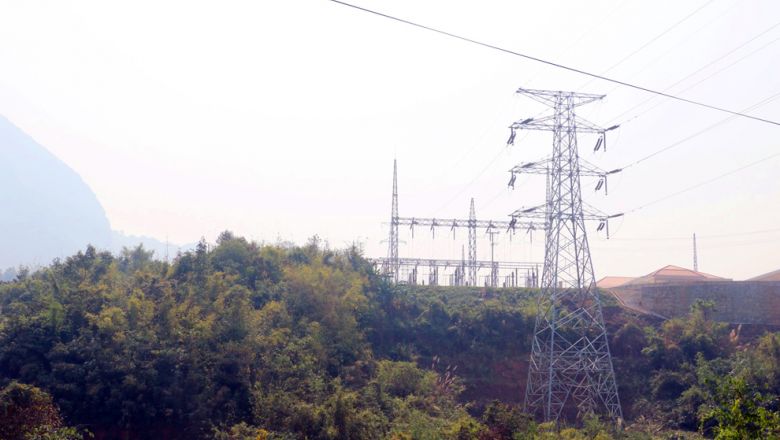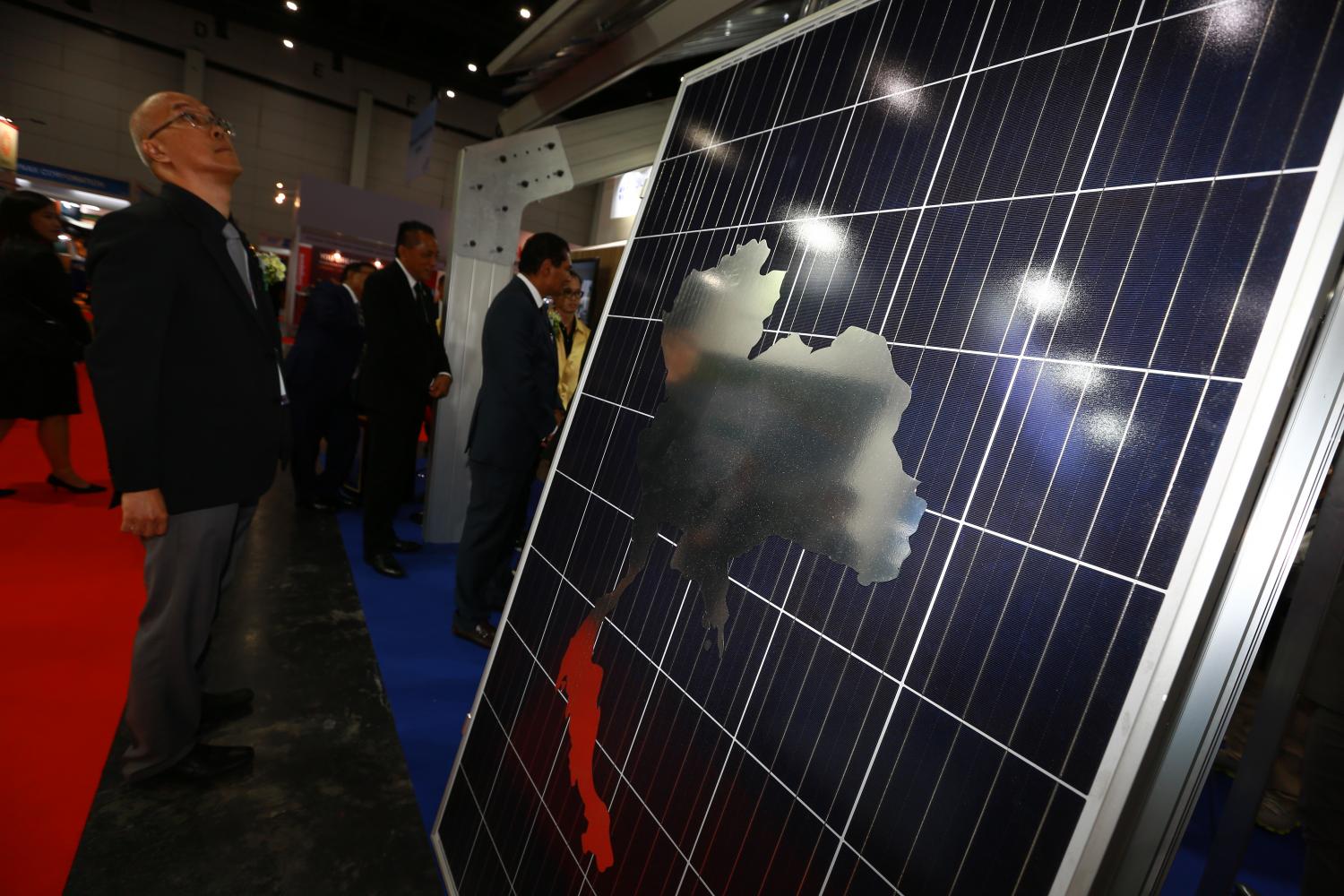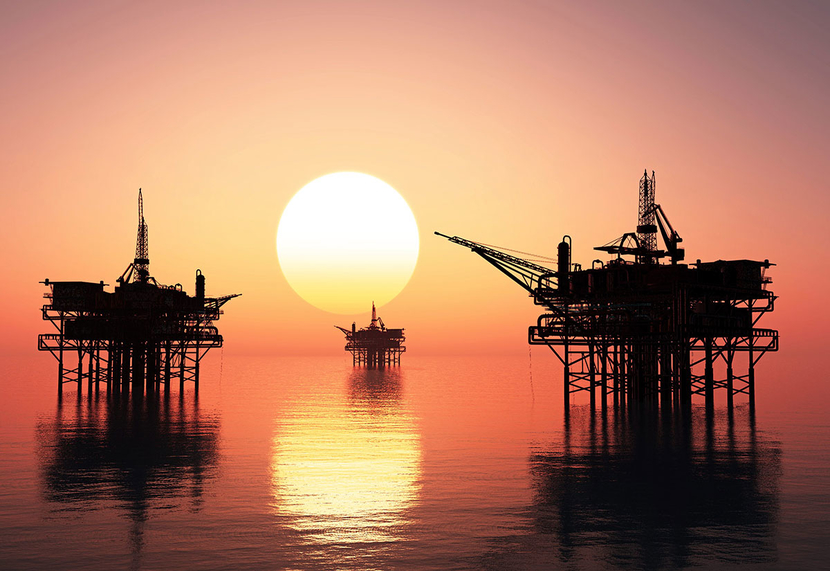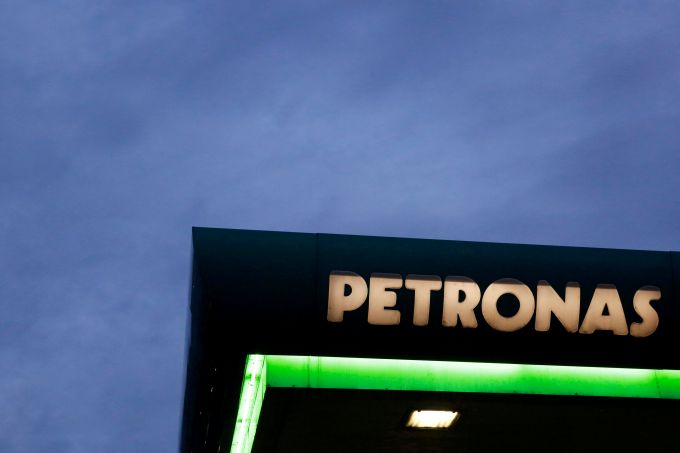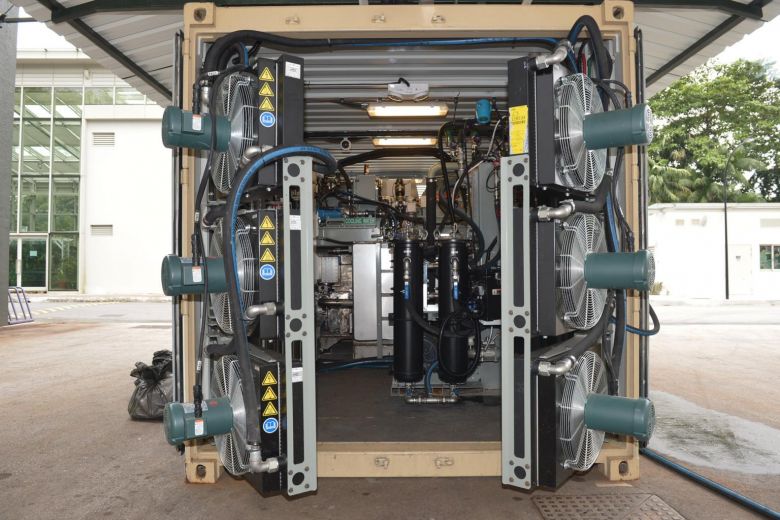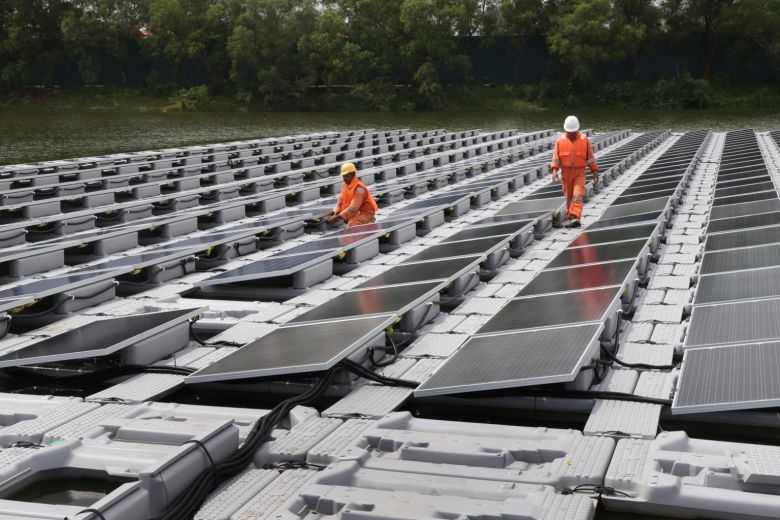- Electricity/Power Grid ,
- Energy Cooperation
–
- Cambodia ,
- Lao PDR
The LAO government has agreed to conduct a feasibility study on electricity trading and hydropower exchanges with neighbouring countries to boost cooperation in the energy sector.
Laos has agreed to sell 5,000MW of electricity to Vietnam, and while it is currently exporting just over 300MW it is expected to supply 1,000MW by next year, Minister of Energy and Mines Khammany Inthirath reported at the opening of the energy and mining sector’s first quarter meeting on Monday.
“Both countries are hoping to increase Lao electricity exports to Vietnam to 3,000MW by 2025 and to more than 5,000MW by 2030,” he said.
The Lao government is currently conducting negotiations on electricity trading with its Vietnamese counterpart and expects to sign an agreement soon, Khammany said.
Laos has also agreed to sell 9,000MW of electricity to Thailand, and is currently able to export only 4,260MW but will supply 7,000MW by next year and 9,000MW by 2025, he added.
The country has agreed to sign electricity trading pacts for four projects with Thailand, of which 2,357MW of installed capacity is expected to sell by the end of this year.
Laos has improved the price for electricity trading and increased electricity exports to Thailand, Khammany said.
The country has also agreed to sell 100MW to Malaysia via Thailand, and Laos is currently able to supply this amount, he added.
This project is the first model among Asean countries and studies are underway on technical cooperation with four sides to sell electricity to Singapore by next year.
Three countries – Laos, Thailand and Malaysia – have partnered to study the increase in capacity to 300MW for electricity provided to Malaysia.
Selling to Cambodia
The Lao government has agreed to sell electricity via 22kV and 115kV transmission lines to Cambodia in the border areas between Champassak province in Laos and Stung Treng province in Cambodia, with 10MW to be sold initially, Khammany said.
Laos currently supplies electricity via a 115kV transmission line and is considering increasing its capacity to sell power via 230kV and 500kV transmission lines.
The government has also signed an agreement to sell 195MW of electricity to Cambodia, to be started by next year, and is currently negotiating with the Cambodian government to sell more than 1,800MW.
The government has also agreed to sell electricity via a 22kV transmission line to Myanmar in the border areas between Bokeo and Luang Namtha provinces of Laos and Shan state in Myanmar.
Both sides are currently carrying out a feasibility study to supply energy via 230kV and 500kV transmission lines.
In addition, the government has signed an agreement to cooperate with China on hydropower, especially the development of 230kV and 500kV national transmission line systems to supply more electricity and ensure future quality. VIENTIANE TIMES/ASIA NEWS NETWORK


